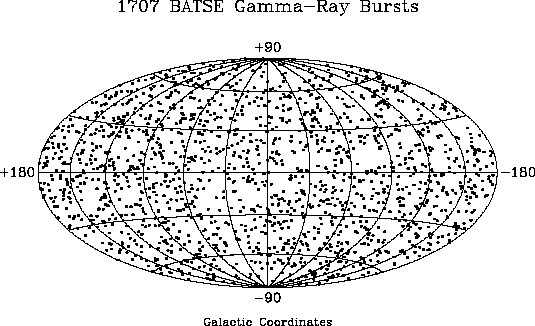The place of gamma-ray measurements in astrophysics has undergone a fundamental change in the CGRO era. In the field's infancy, advocates focused on the penetrating power of cosmic gamma rays and noted their high-energy production-especially in radionuclide decay as familiar from the early days of nuclear physics. Experimental techniques in the PI-class missions of the 70's and 80's similarly drew heavily from high-energy physics programs. A principal goal was a "discovery" level opening of several decades of the electromagnetic spectrum, adopting familiar high- energy techniques. The objectives focused on identifying radiation processes responsible for the diffuse background emission, separating point sources and localizing transients. These missions led to a census of astrophysical sites where nonthermal gamma-ray processes occur. CGRO and its predecessors have been very successful in giving an overview of the high-energy sky. Many of the anticipated high-energy processes have been confirmed and gamma-ray emission has proved a robust signature of the most violently active sources in the universe. The CGRO era has moved gamma-ray astronomy to a central role in mainstream astrophysics. We now realize that several of the most important puzzles of modern astrophysics are manifest in the gamma-ray band. The strong guest investigator program of CGRO and contemporary missions and the wide interest in follow-on programs highlight the impact of gamma-ray studies on numerous astrophysical problems. We can best illustrate this impact by summarizing a few key puzzles brought to light by CGRO observations, followed by some new scientific directions inspired by recent results. More complete descriptions can be found in section 2.

Figure 1.1 - The remarkable isotropy of the gamma-ray burst distribution.